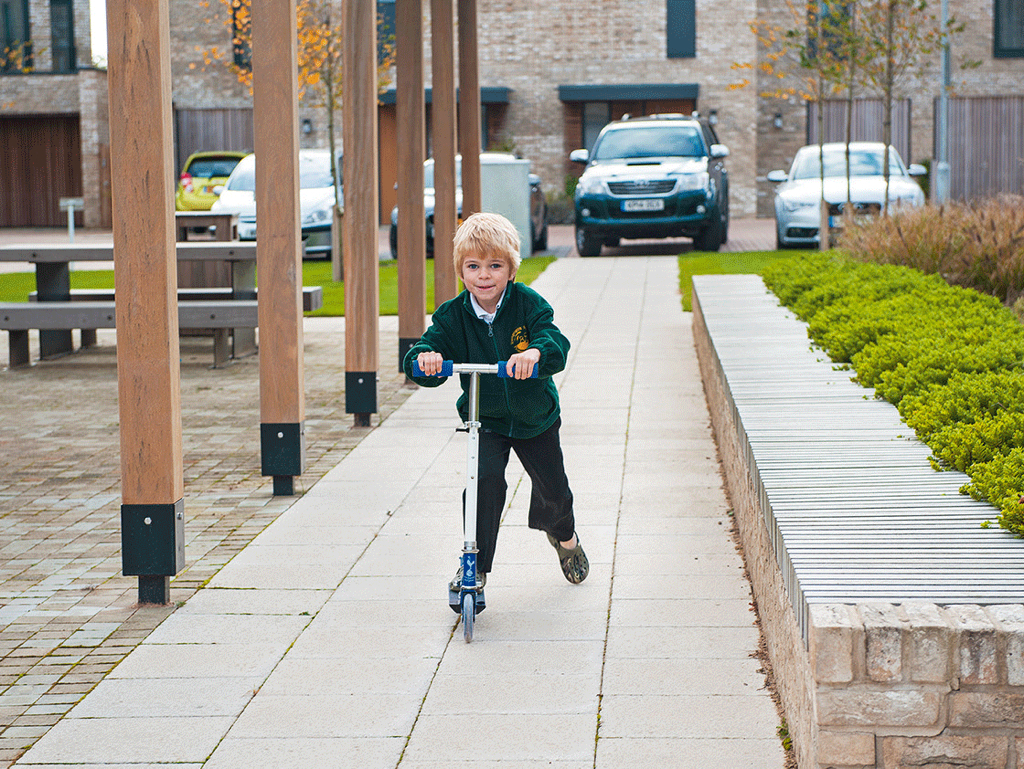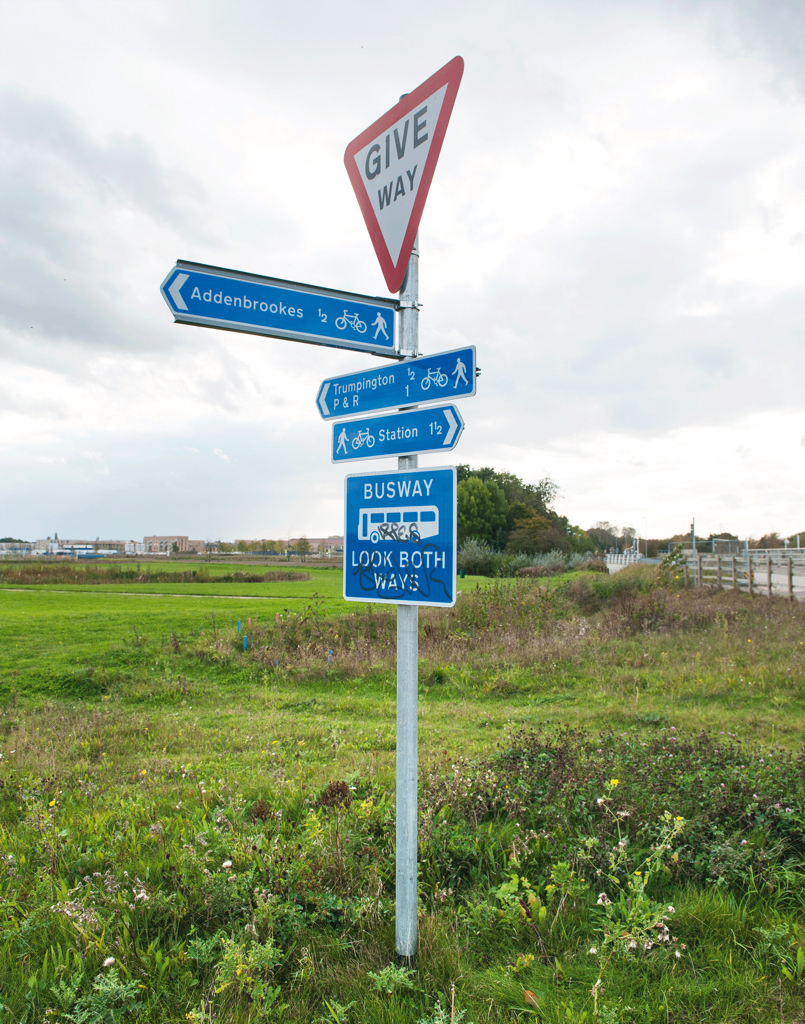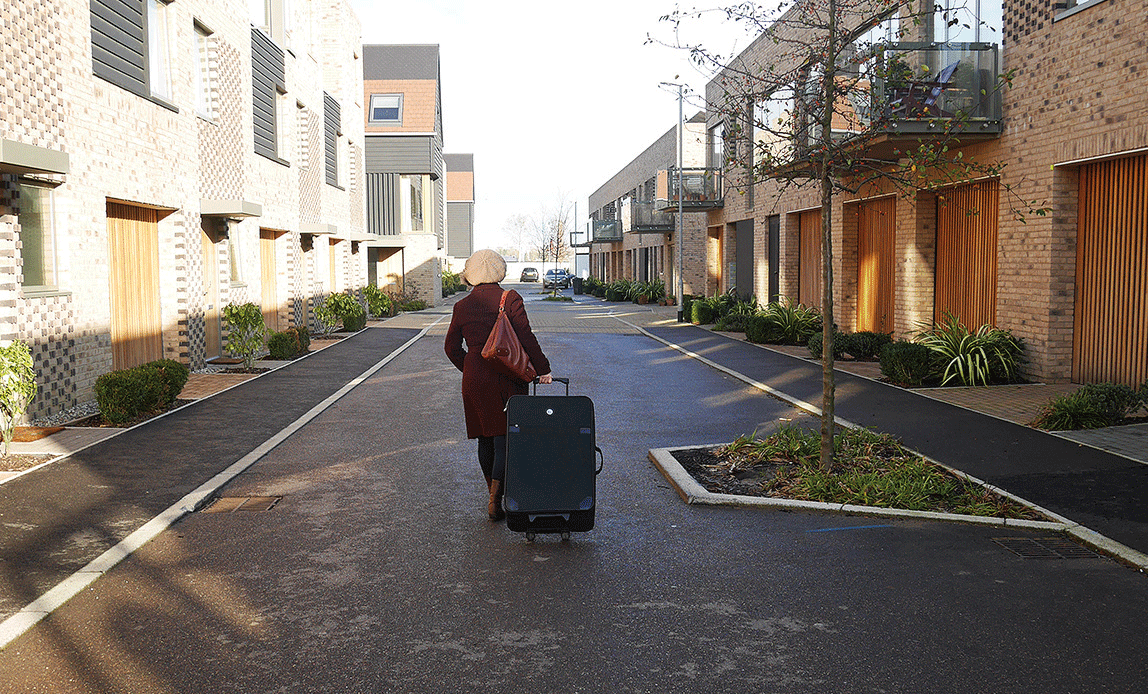
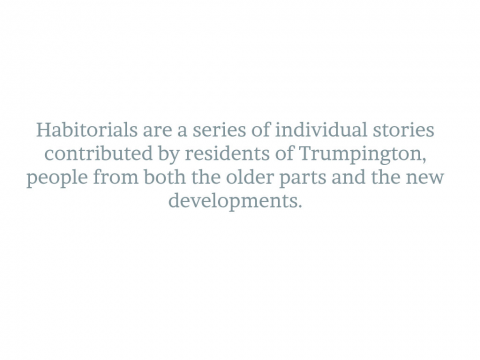
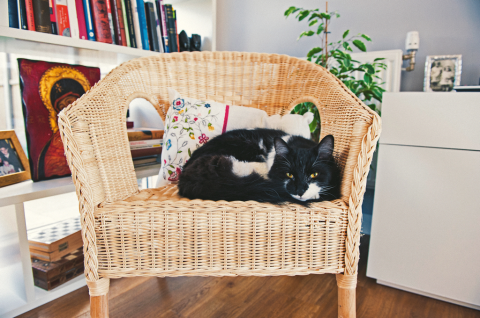
They are stories about home and pride of place
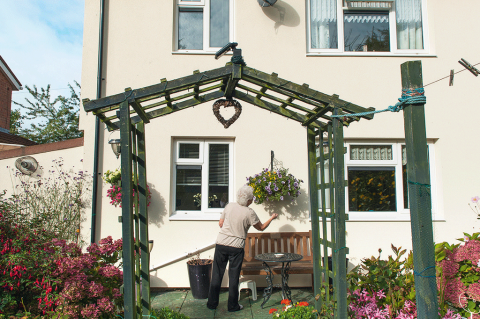
About memories of the past and desires for the future
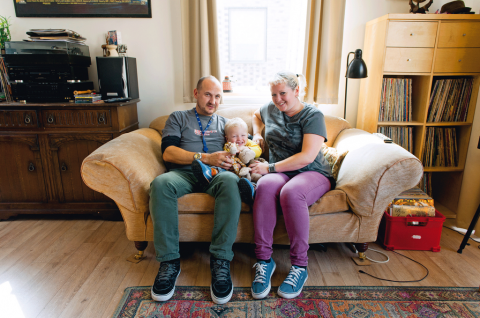
about family and community
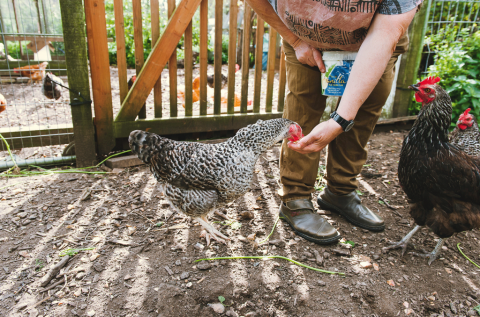
gardens, kitchens, chicken and shops
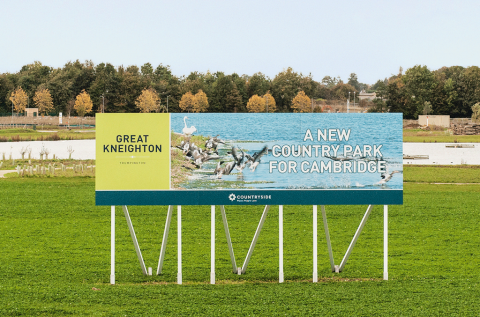
worries and hopes
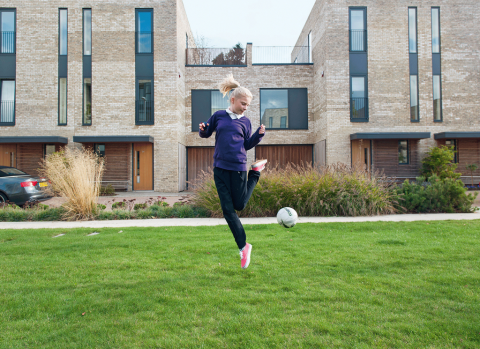
about day-to-day living and about change
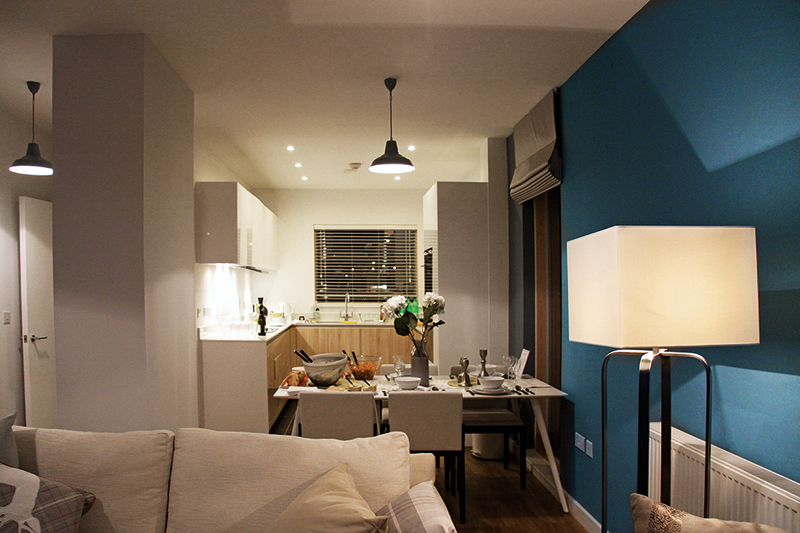
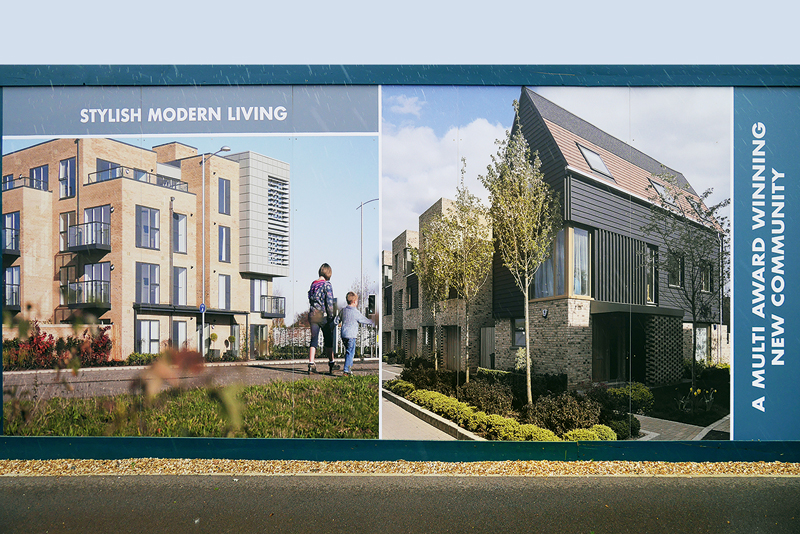
When asked by Habitorials if I would like to visit Trumpington in order to write an article about what is branded as ‘a multiple award winning new community’, I was quite excited about the idea. I had never been to an award winning community before. What would it be like? A nostalgic image, sold to me by big corporations like Disney or the delusion of a perfect life central to the film The Truman Show, gave me certain expectations: A sunny street with open front porches. Neighbours greeting neighbours. Kids running in and out of each other’s houses. Porch swings providing easy refuge from the cares of the day. The title melody from Cheers – the American sitcom – as the perfect soundtrack: ‘Sometimes you want to go where everybody knows your na-a-ame, and they’re always glad you ca-a-ame….’
However, recent years have seen an awful lot of handwringing about the idea of community. Governments, think tanks and columnists alike have moaned about the loss of community and what can be done to restore it. Had Trumpington found the recipe? Could its new development teach us how to make an award-winning community?
As I arrive in Trumpington on a grey January morning I am greeted by ponderous construction works and numerous builders, that are not showing any signs of being glad I ca-a-ame. They’re hasting around like busy bees in their identical neon-yellow uniforms. The billboards that cover the hoardings provide me with blueprints of the award-winning community that is being built here: images depicting a sunny place with people of different ages and cultures happily enjoying the streets and green areas. There are no front porches, but the harmonic Disney vibe is definitely present. The projections make me think about something the urban theorist Henri Lefebvre once said: ‘what distinguishes the worst of architects from the best of bees is that architects erect a structure in the imagination before realizing it in material form’.
However, while Lefebvre was emphasising that the future cannot be constructed in some fantastic utopian mould, but depends on the tangible raw materials of the present, the architects of Great Kneighton, Trumpington’s new development, seemed to have been able to design an award-winning community even before anyone was living there. As one ad for Great Kneighton reads: ‘Located within the ultimate urban village, Great Kneighton incorporates the facilities essential to daily life to create a sustainable, compact and vibrant mixed-use community offering an exceptional quality of life.’ The relationship between a good community and built urban form is here emphasised, telling us that a good life solely depends on the high performance of our homes and infrastructure. Another ad, this time for Trumpington Meadows, stresses this relation by pointing to how the area ‘offers a blueprint for the perfect 21st century lifestyle. From comfortable, sustainable homes to creating a traditional village atmosphere, everything has been inspirationally designed to make living here a truly exceptional experience’.
I hum the Cheers soundtrack to myself as my guide leads me down ‘Showground Road leading to Showground Close’: ‘you want to go where people know, people are all the sa-a-ame…’. Although I am told that some of the houses on this street are ‘affordable housing’ and may cater for a diversity of residents, I can’t help but think that a product that is labelled award-winning tends to be more expensive and exclusive than the more average commodity. I smile to myself as I imagine an ad for a perfectly average community: ‘Trumpington – where you occasionally fight with your neighbours and live a completely ordinary life at a reasonable price!’
My guide invites me into the ‘Showground of Real Living’ – originally a show home designed to sell blueprints of exceptionally good lives to potential residents. At first sight, the Show Home seems smooth, polished, glossy and shiny. It feels a bit like entering a catalogue for fancy interior design. I find it hard to orient in brand new places like this, as I cannot associate myself with the collective practice of preceding users and then feel confident in the marks and traces they leave behind: How do I know if it is OK to walk in with my shoes on when the hallway carpet looks immaculate, and at the same time there are no shoes kicked off at the entrance door? And if I decide to remove my shoes and need to sit down to carry out the task, how do I know if the fragile-looking stool in the hallway can hold my weight if there are no signs of other people sitting there before me?
However, as I enter the toilet I see a sign of appropriation: the standard pink IKEA picture filled with hearts and the slogan ‘Home is where you are’ is turned upside down. It makes me smile. Someone was here before me and they might have shared my feeling of being in a stage-set rather than a real home. By turning the picture upside down they have made the Show Home more personal. I realize, as I return to the living room, that there are more personal adaptions around: there are scuffs on the floor from moving furniture around in order to arrange various events; in the kitchen there is a sign bearing witness of what is consumed here when the house becomes a neighbourhood pub; in the garden there are marks from the chicken coop that was here during summer. Through these appropriations, the Show Home has become more than an empty image of the perfect life. It has become an imperfect everyday public home, filled with personality and marks of collective living. Maybe it should be re-named the Slow Home, I wonder as I ponder about how a home is slowly formed alongside the pencil marks on the kitchen wall measuring the children’s height in years.
It is time to leave the Slow Home; my guide wants to show me the spot that the developers have designated ‘proposed community gardens’. As I navigate through the construction sites that populate the road on the way to the gardens, I think about how the areas in which we live contain the past like the lines of a hand, providing a sense of orientation and belonging. In new developments like Great Kneighton or Trumpington Meadows these lines are only just becoming visible. It takes time and several walking feet to mark a convenient path across the grass by the street corner. But when a short cut like this is made, it manifests a sense of collective identity and community that brings us closer to the crowd: we all decided to cut across the grass rather than sticking to the pavement. Although, I may not share interests or life-style with the people that have walked the path before me, we have something important in common: we appropriate this space together. Together our footprints make a new short cut to the guided busway. Together our hands rub handrails naked of paint warning that the staircase can be steep and slippery. Together our chewing gums are complicit in infringement as they decorate the underside of a bench. Together our trash bears witness to the perfect sunny spot to have a picnic. Needs, warnings and desires are expressed through these marks of living. Sometimes the marks lead to more formal manifestations and initiatives such as a paved lane where the shortcut used to be, or the creation of a community garden at the sunny picnic spot.
Here in Great Kneighton the community garden was, I learn, proposed before any marks of living called for its creation. However, the community garden itself was not pre-designed, the space is left open for the residents to develop as they wish. And, indeed, the ad-hoc assemblage of wooden tables and benches located in the barren field of grass tell me that some form of communal initiative has taken place here. My guide confirms: in October new and old residents shared a meal in the garden, discussing possibilities, potentials and wishes for what the garden could be like. Time will show whether more meals like these will flourish when the weather gets more hospitable, and whether the space will turn into a community garden or something else completely. It is exciting that the proposed community garden is left empty and open, in contrast to the Show Home that initially projected a very specific form of living. I imagine all kinds of things that can develop in the garden over time; chess-clubs, pumpkin competitions, table-tennis tournaments, hip-hop parties, farmers markets…
A construction worker in his neon-yellow west and helmet awakes me from my reverie. I am blocking the way for a bulldozer and have to move. For a moment I stop to observe the impressive building works that surrounds me. The busy builders remind me of the story of Thekla – a city that is under constant construction. When the traveller asks the residents why the construction of Thekla takes such a long time, they answer that if they stop, they fear that not only the buildings, but the whole community will crumble and fall into pieces. Thekla and its residents are one organism in which the fates of individuals are linked. The people know that what is good for Thekla is good for them and so everyone works together to keep the city alive. Thekla is a building site; it is not a finished structure designed for a particular lifestyle. In similar vein, a community is produced through its members in a process that requires constant work. A community is never finished and can therefore not exist as a product independent of the people that it is made of. The construction of Trumpington, then, does not solely rely on the developers, the architects, or the construction workers. It relies on the residents – old and new – who occupy and leave their marks on the area. No master plan or advertisement can determine or predict what will be award winning or successful about this form of construction work. All we know is that the possibilities are endless. When the traveller asks the residents of Thekla where the plan or blueprint for their construction is, they point to the stars. ‘There is the blueprint,’ they say.
Lives inSefton Close (off Scotsdowne Road)
Moved to Trumpington in1990
Type of housing4-bedroom detached house, built in the 1960s
Current market valuearound £420,000 (according to Zoopla)
Favourite place in Trumpington“Byron’s Pool is my number one spot. I like the wildlife and the peace and the water and the trees, and all that stuff, which is wonderful.I also have also a fondness for the railway crossing that goes across the fields to Addenbrooke’s Hospital. My husband Jimmy (then my boyfriend) and I walked down there one evening when we were commuting between London and Cambridge and had a conversation about our future. We decided there that we were going to stay together long term. A month later I was pregnant. It feels like that spot has a force field under the ground! There’s a bridge there now. I know this isn’t going to be everyone’s cup of tea but I love seeing Addenbrooke’s Hospital on the horizon. Partly because I worked there and partly because we had our wedding reception there, at the Frank Lee Centre.”
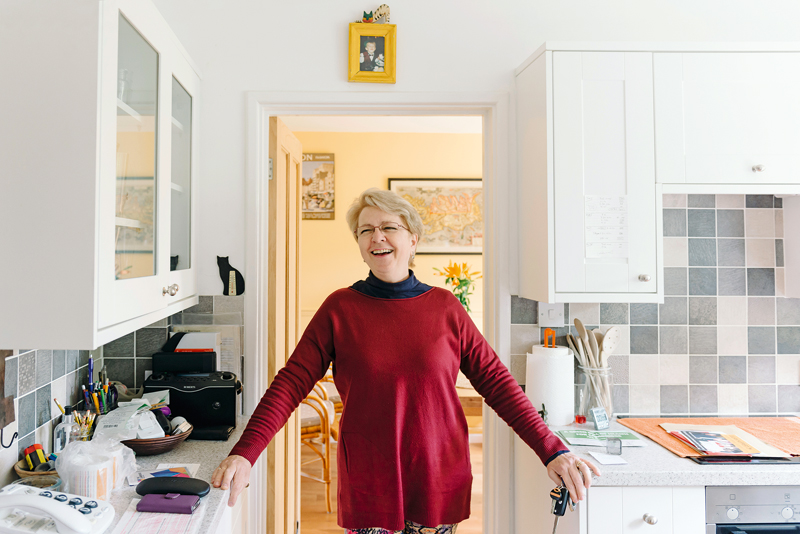

Lives inSpring Drive, Trumpington Meadows
Moved to Trumpington inDecember 2012
Type of housing3-bedroom terraced house, finished in the 2012, rented from housing association
Current market value2, 3 & 4 bedroom houses on the Trumpington Meadows are being advertised from £429,995 to £649,995 on Barratt’s website
Current council rent£165 per week
Favourite place in Trumpington"I love the parks because I love the fresh air I get when I’m out. The atmosphere helps me think up great ideas and I love playing with the kids or watching them play when I take my brother and sister out. It’s always full of excitement and laughter. Even in the horrible winter weather, it never loses its warmth – and I think there’s some beauty in that."
Lives inBishops Road
Moved to Trumpington in2008
Type of housing3-bedroom semi-detached house, built in 1937
Current market valueHouses on Bishops Road have a current average value of £432,257, according to Zoopla
Favourite place in Trumpington"My favourite place in Trumpington is the Cooke Curtis & Co office. Obviously. The reason we liked this location on Trumpington High Street was because everyone knew where the Hobby Shop was. It’s a bit of a shame it closed down, because it was such a landmark, which is why we’ve kept the sign… But we didn’t feel like we were taking away a valuable village resource that could have been something great for the community."
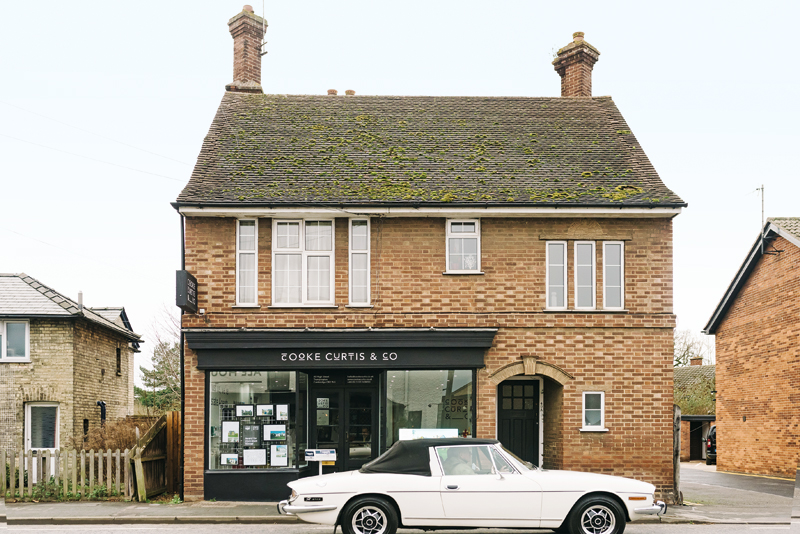
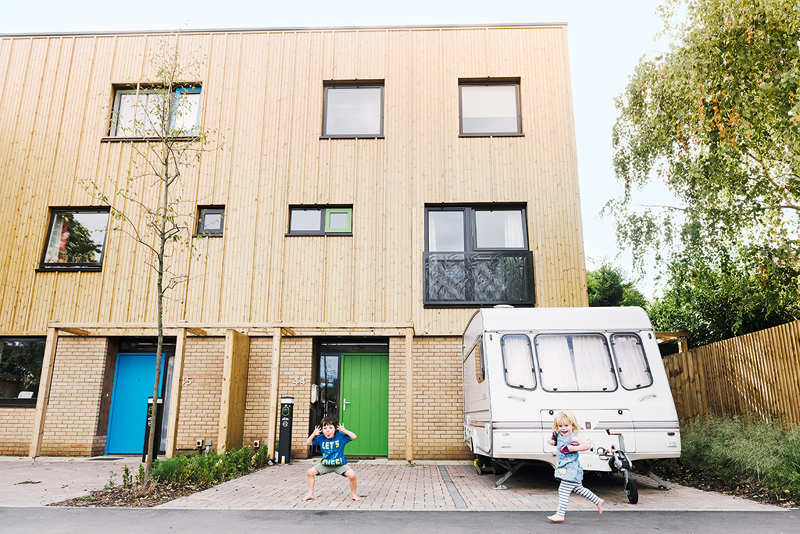
Lives inLingrey Court, behind Anstey Way
Moved to Trumpington inJanuary 2015 (left in January 2016)
Type of housingFour-bedroom, semi-detached eco-home, newly built
Current market valueAround £550,000
Favourite place in Trumpington“Our favourite place in Trumpington is the park and field in the Foster Road estate – the children also love it too!”
Lives inBishops Road
Moved to Trumpington in1974
Type of housing2-bedroom detached house, built in 2013
Current market valueHouses on Bishops Road have a current average value of £432,257, according to Zoopla
Favourite place in Trumpington"Shirley’s favourite place is her own garden, while Stephen’s is away from the city in the countryside."
Please note: some of the images included with this article were supplied by Stephen Brown. The image of the Plant Breeding Institute is supplied courtesy of the PBI. The black and white image is courtesy of Maurice Rayner.

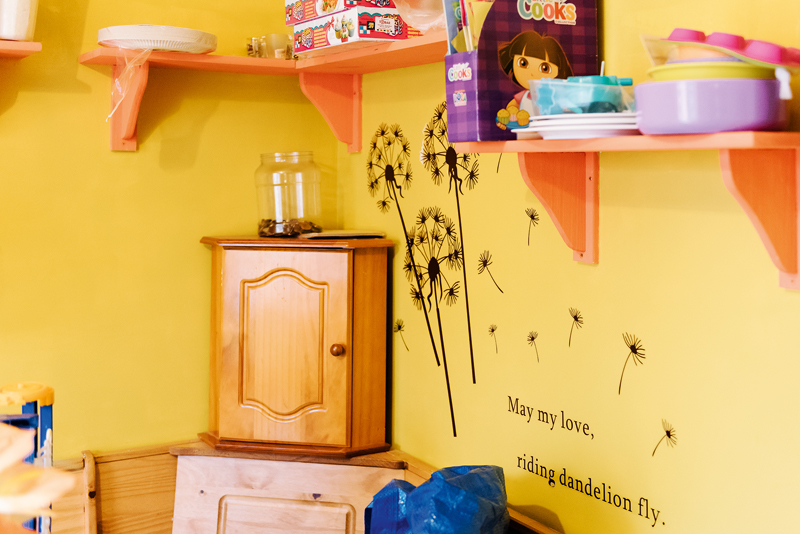
Lives inConsort Avenue, Trumpington Meadows with her husband Derek, 48, and three children (Charlotte, 13; Alice, 10; James, 5)
Moved to Trumpington inOctober 2013
Type of housing4-bedroom terraced house, built in the 2013, rented from housing association
Current market value2, 3 & 4 bedroom houses on the Trumpington Meadows are being advertised from £429,995 to £649,995 on Barratt’s website
Current council rent£168 per week
Favourite place in Trumpington"Some of my fondest memories are of taking the children over to the park near the Pavilion. The children were relaxed and we’d pop into the Bun Shop [on Anstey Way] and get some treats.”
Lives inShelford Road
Moved to Trumpington inSteve and his wife Dee moved to Trumpington in 1972; they share their house with their youngest son Sam, his wife Fran and their two young daughters, Katie and Amy
Type of housing3-bedroom terraced house, built in 1902
Current market valueSimilar houses on Shelford Road have a current value of around £455,000, according to Zoopla
Favourite place in TrumpingtonSteve loves going along to the car boot sale at the Trumpington Park and Ride on Sunday mornings to pick up a bargain. Sam’s favourite spot is the newly named local pub, the Hudson’s Ale House.
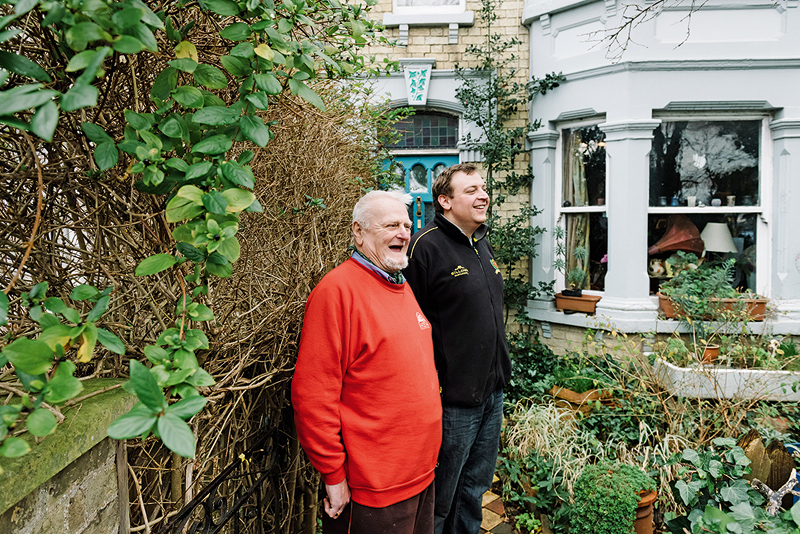

Lives inCedar Road, Novo development
Moved to Trumpington inAugust 2013
Type of housing4-bedroom detached house, built in 2013
Current market valueCurrent value of around £583,000, according to Zoopla (the house cost £490,000 in 2013)
Favourite place in TrumpingtonJen: “My house. I love the sun rises and the sunset. It’s just different every day. It’s fantastic.”
David: “I love the house but I also particularly like the walk down by the River Cam. It’s beautiful down there, it really is."
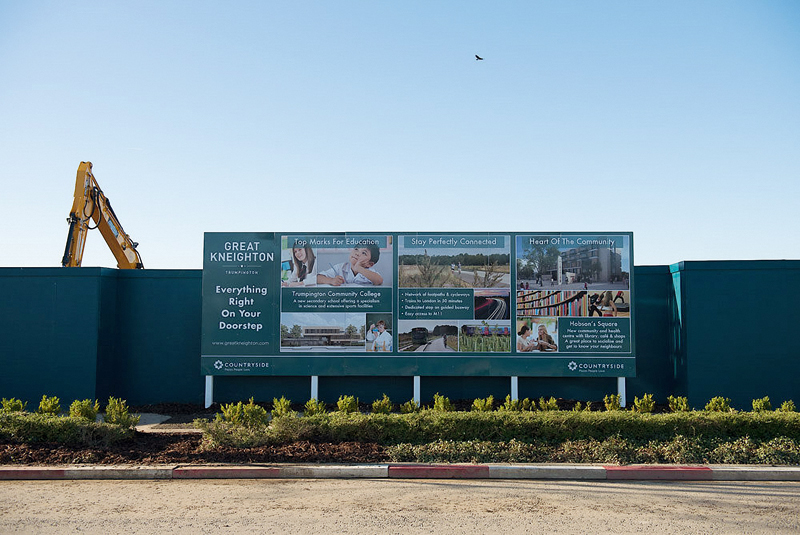
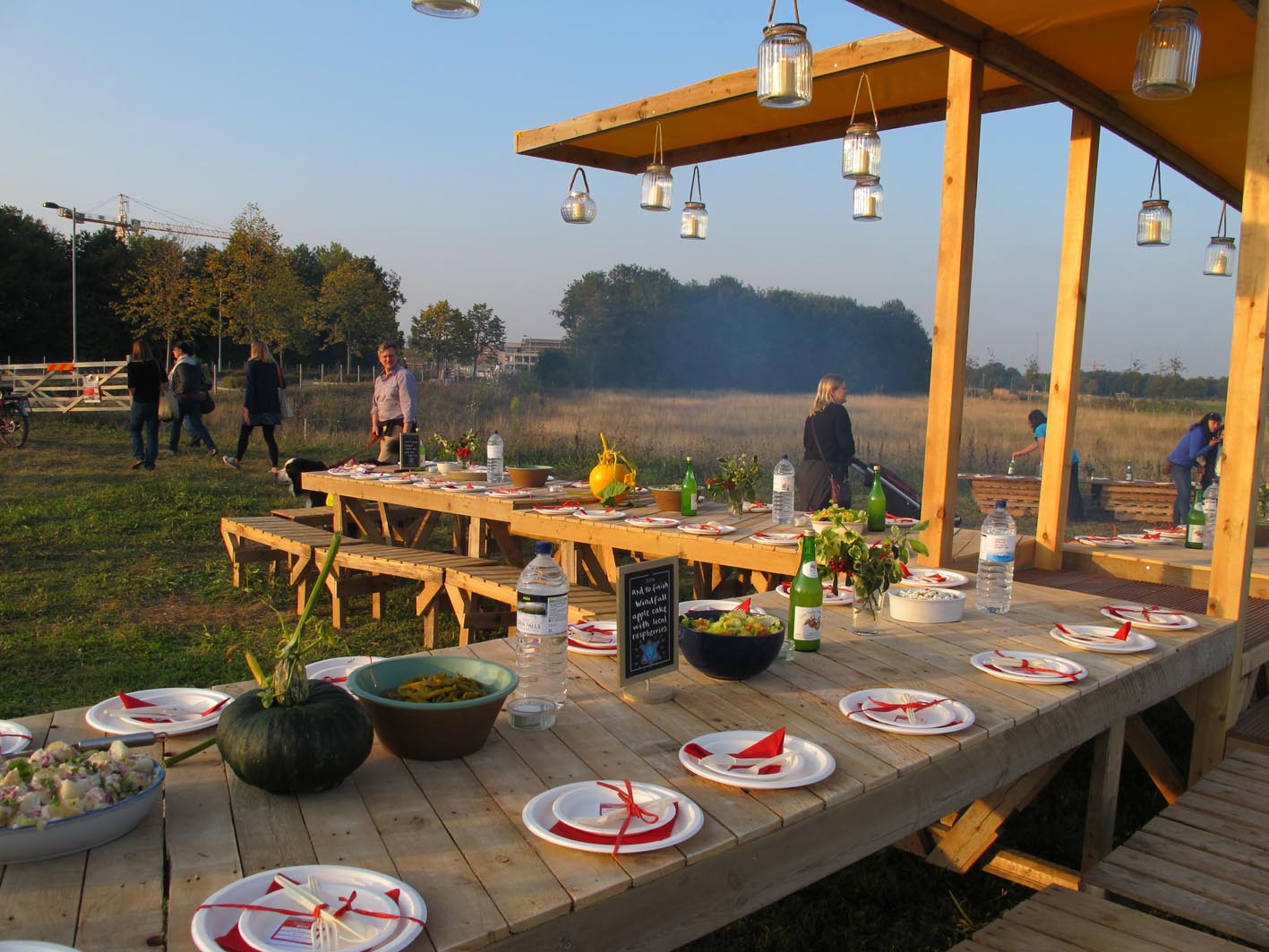
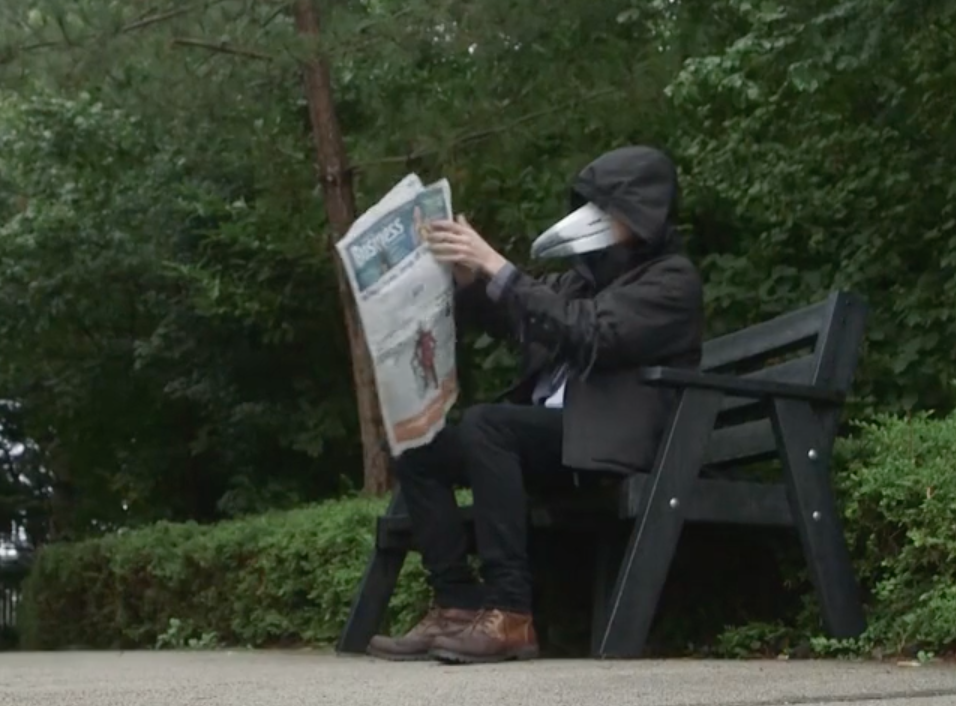
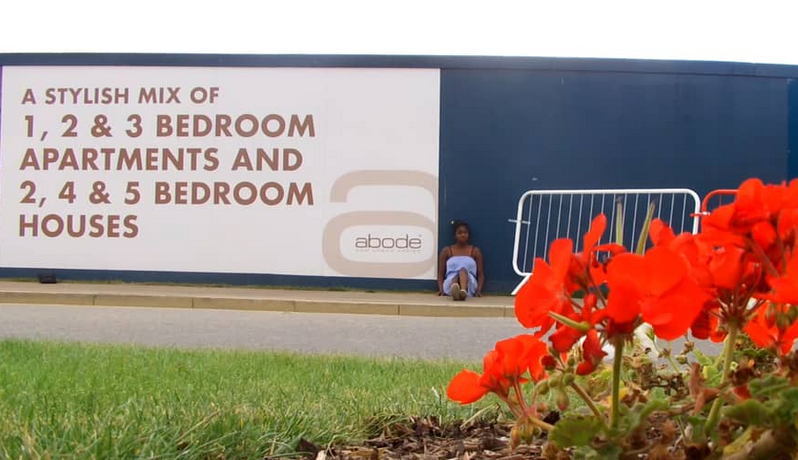
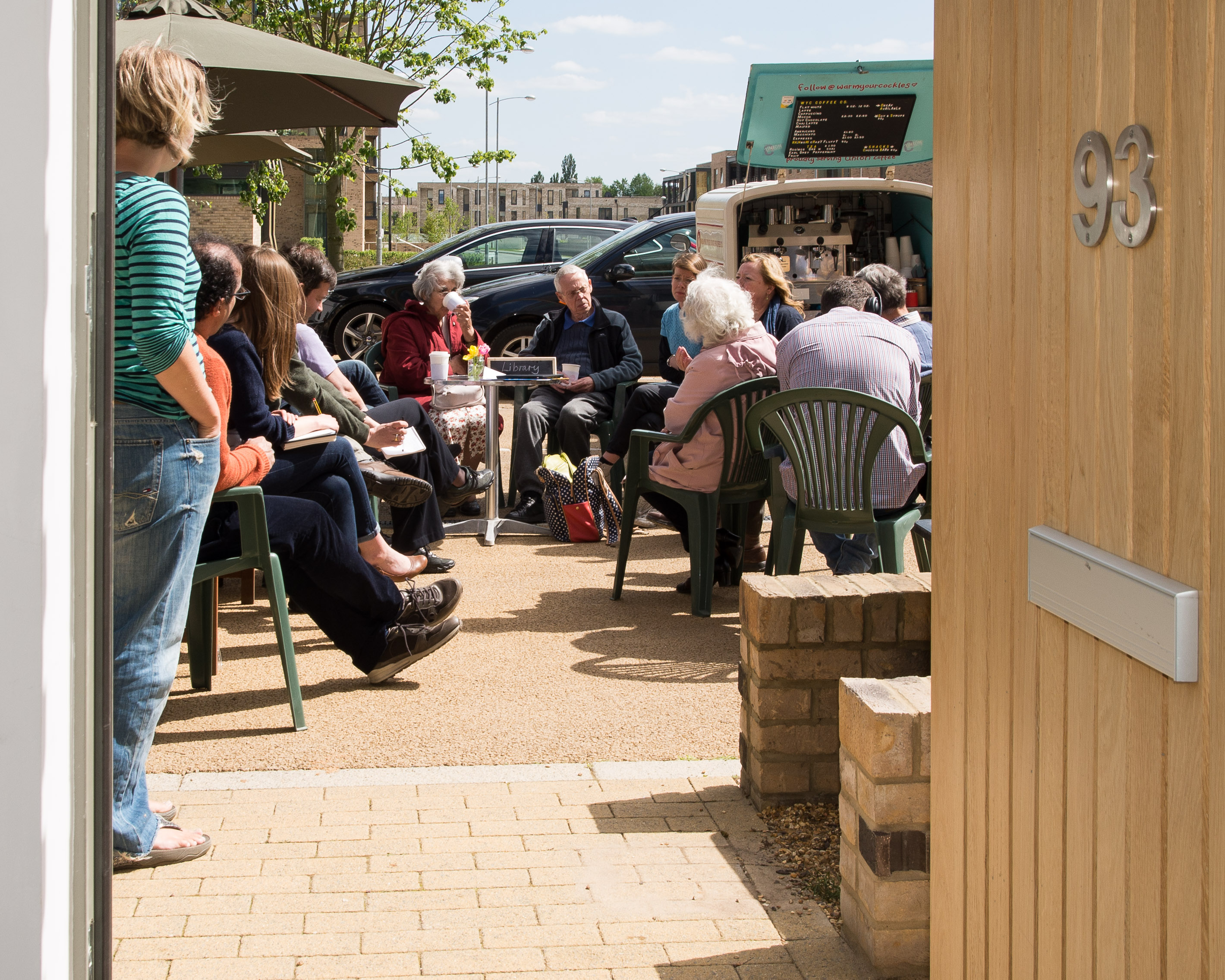
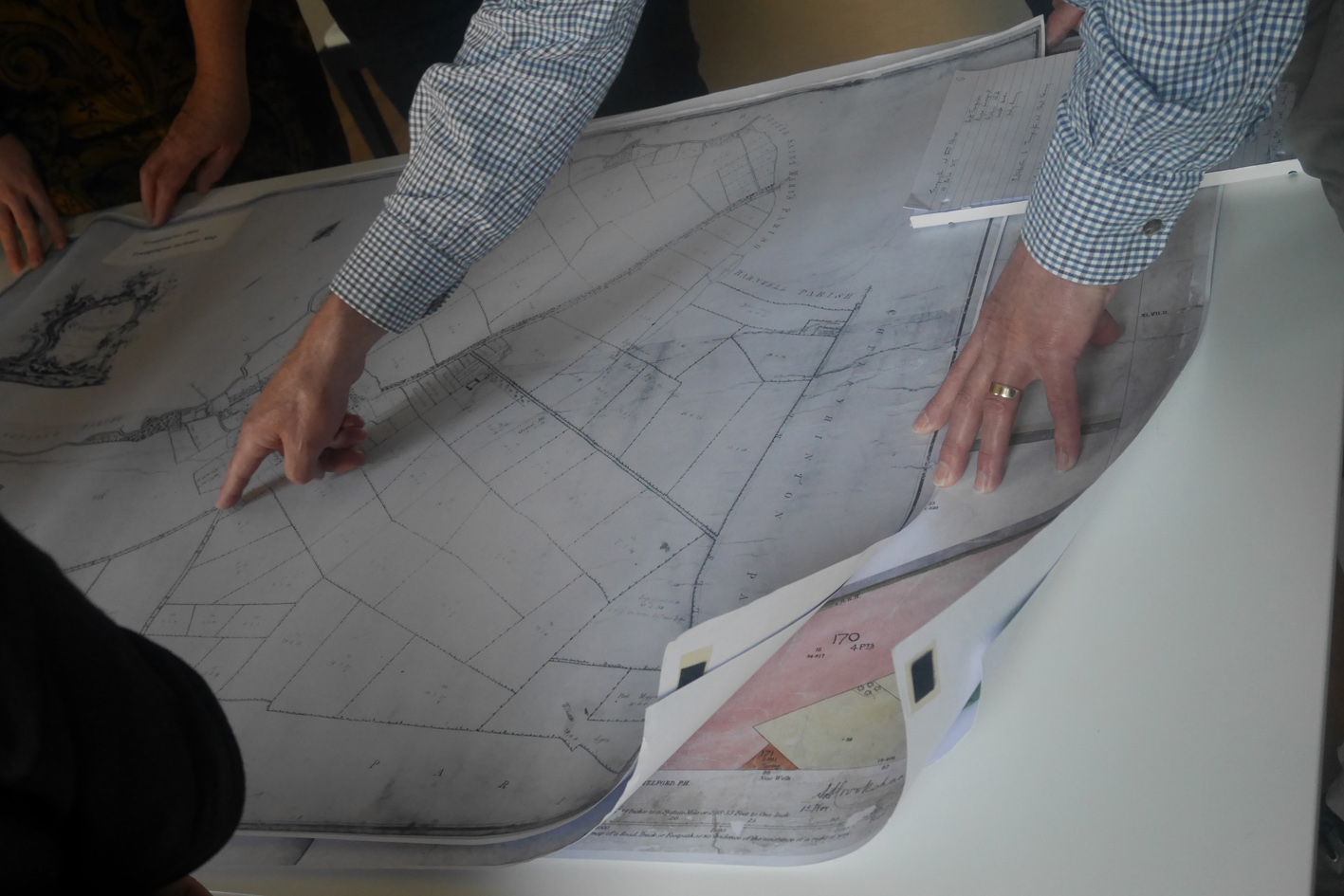
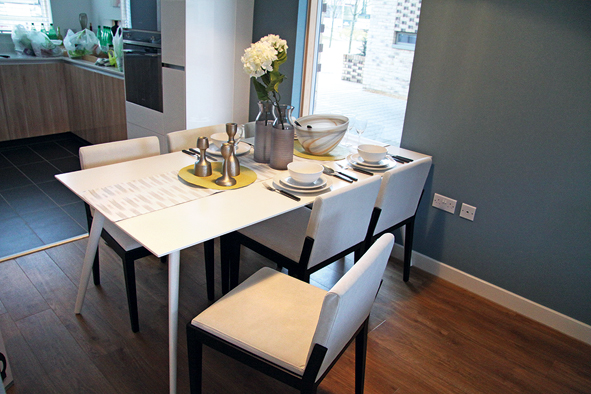
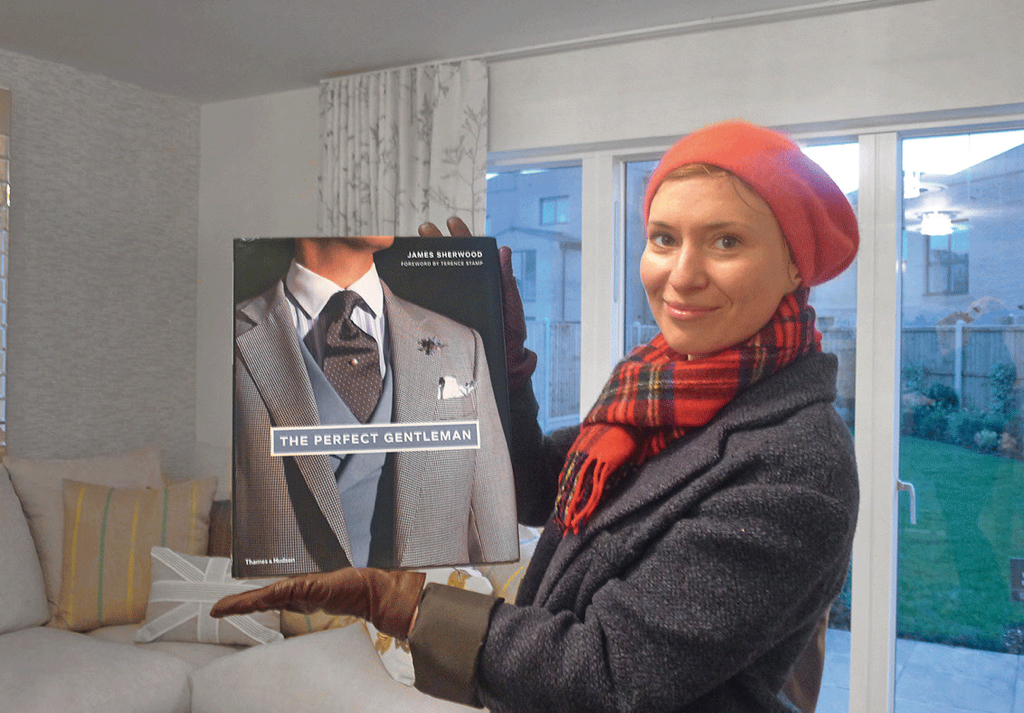
Age81
Lives inByron Square
Moved to Trumpington in1966
Type of housingThree-bedroom, end of terrace council house, built in 1947
Current market valueCurrent market value of around £260,000 (according to Zoopla)
Current council rentApprox £120 per week
Favourite place in TrumpingtonSitting on a chair in her dining room looking out over the recreation ground
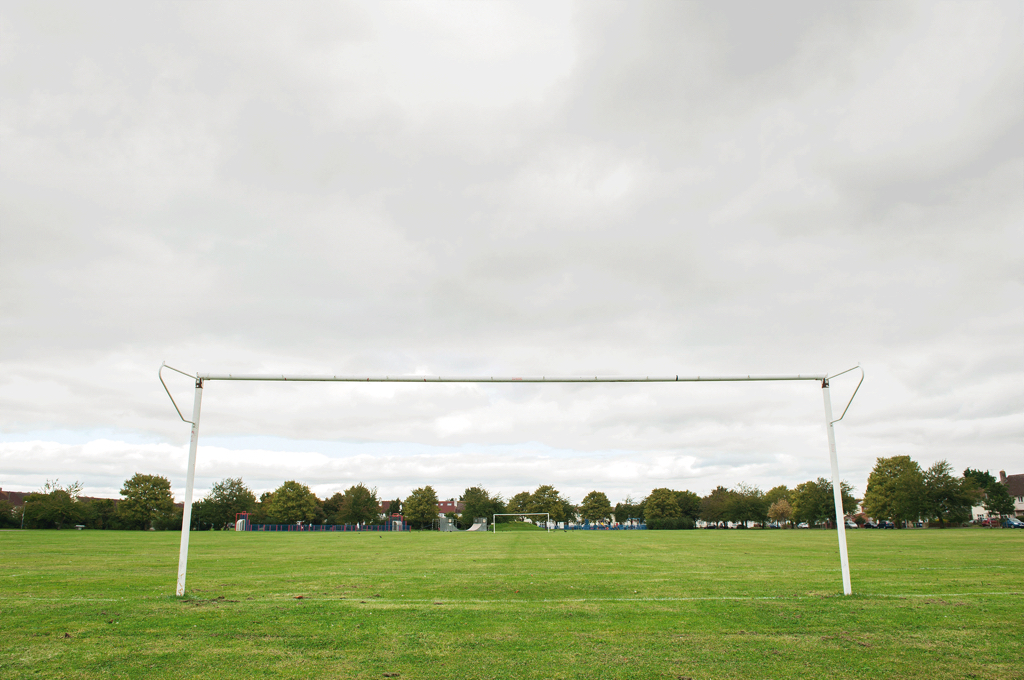

Age36
Lives inChaplen Street
Moved to Trumpington inMarch 2013
Type of housingFour-bedroom, three storey, private house, built in 2013
Current market valueCurrent value Around £534,000 (according to Zoopla)
Age72
Lives inTrumpington Hall
Moved to Trumpington inThe Pemberton family have been resident in Trumpington since 1715. They originally came from Pemberton in Lancashire.
Type of housingManor house first built circa 1600, with 600 acres of land
Current market valueundisclosed
Favourite place in TrumpingtonTrumpington Hall

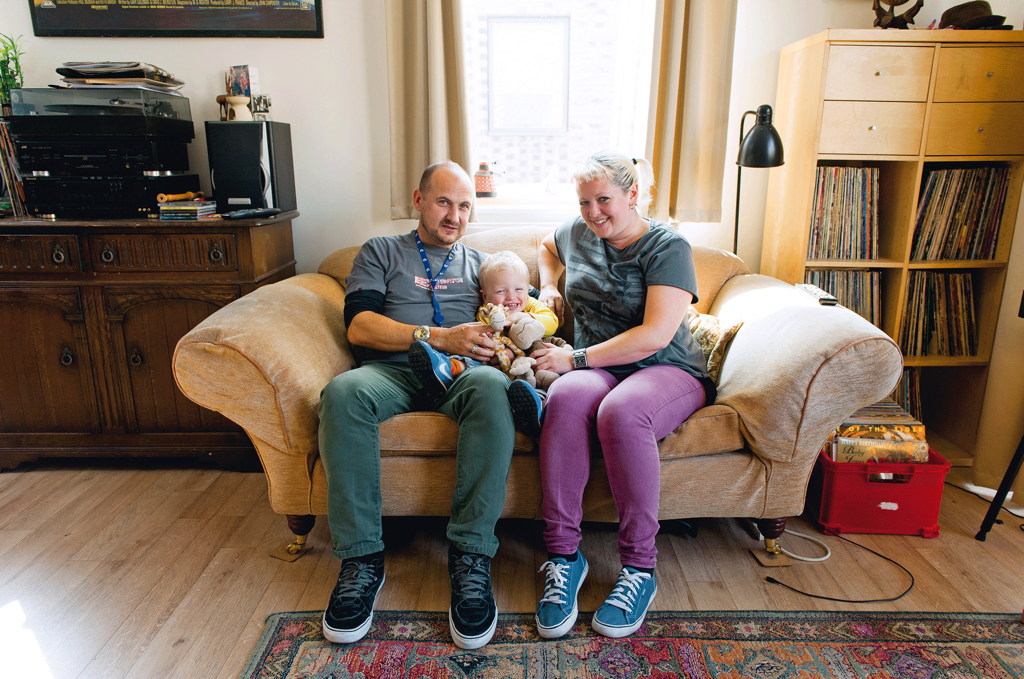
Age31/ 46
Lives inChaplen Street
Moved to Trumpington inMay 2013
Type of housingTwo-bedroom apartment rented from housing association
Current market valueAround £299,000
Current council rent£150 per week
Favourite place in TrumpingtonApart from their home, their favourite place in Trumpington is the beer garden at the Lord Byron, where they like to stop off for a refreshing pint after a Sunday walk to Grantchester.
Age63
Lives inFoster Road
Moved to Trumpington in2003
Type of housingThree-bedroom terraced former council house, built in 1947
Current market valueAround £310,000 (according to Zoopla)
Favourite place in TrumpingtonNine Wells – a nature reserve with several chalk springs that form the source of Hobson’s Conduit, which carries water along Hobson’s Brook into the heart of Cambridge.


Age18
Lives inPaget Road
Moved to Trumpington in2003
Type of housingThree-bedroom terraced council house, built in 1946
Current market valueAround £250,000 (according to Zoopla)
Favourite place in TrumpingtonCommunity Orchard
Age41
Lives inPartridge Close
Moved to Trumpington inJuly 2013
Type of housingThree-bedroom end of terrace house, rented from housing association
Current council rentAround £154 per week
Favourite place in Trumpington“I love my house”
